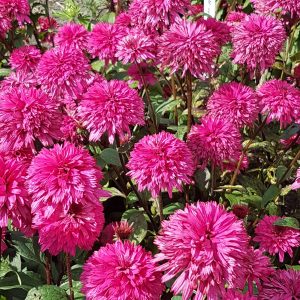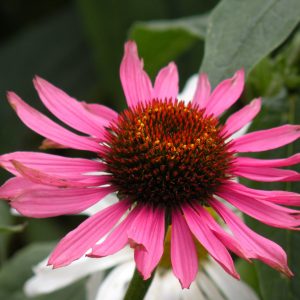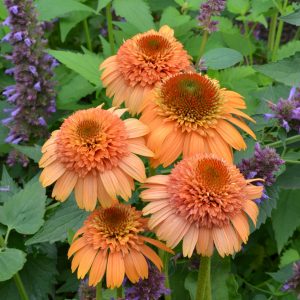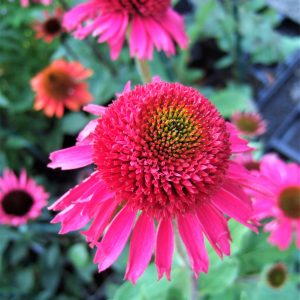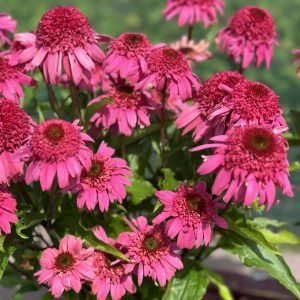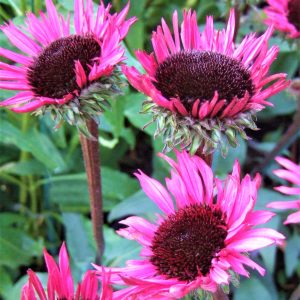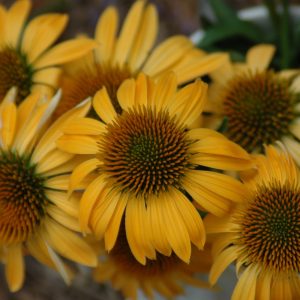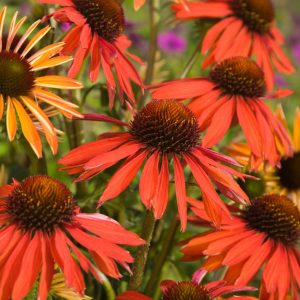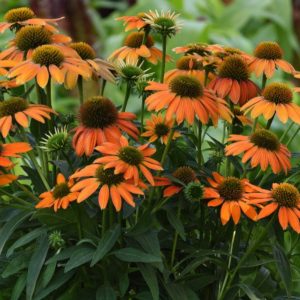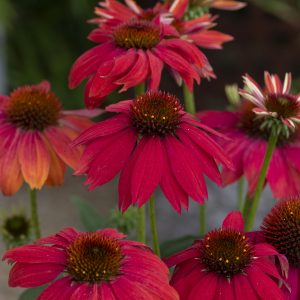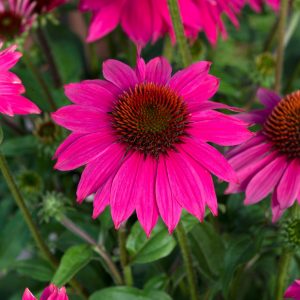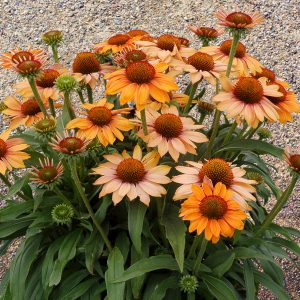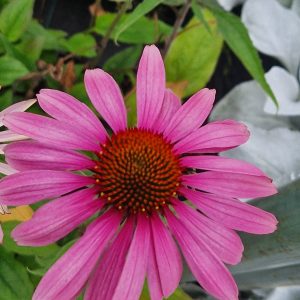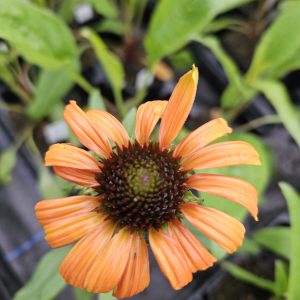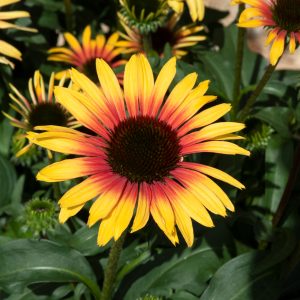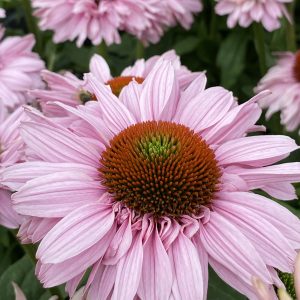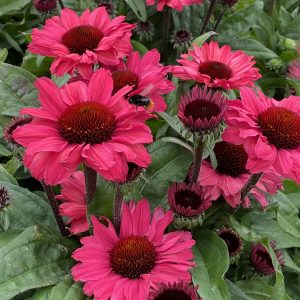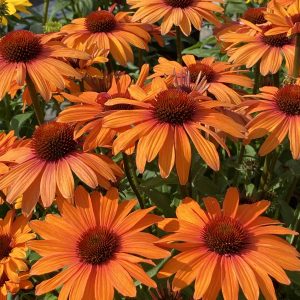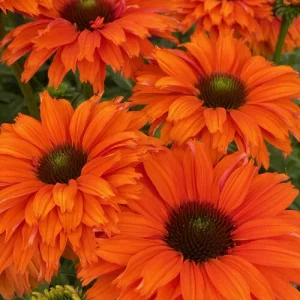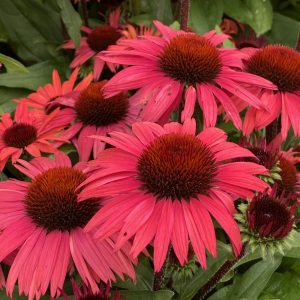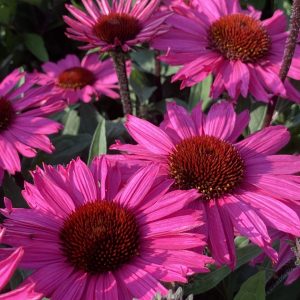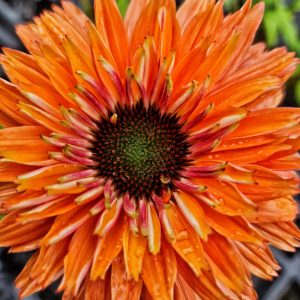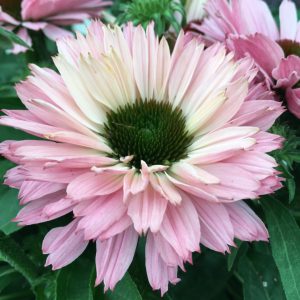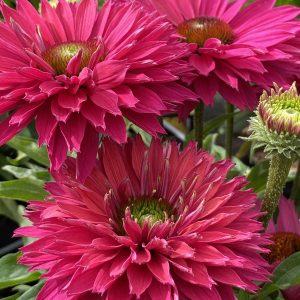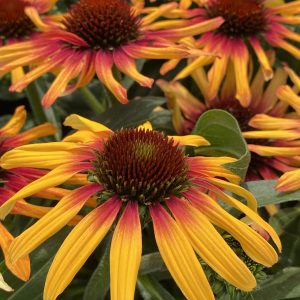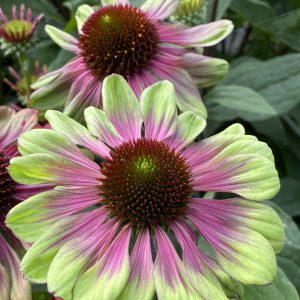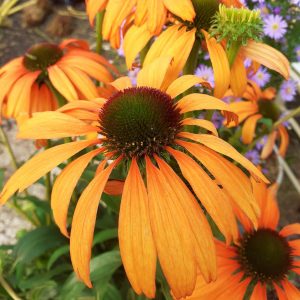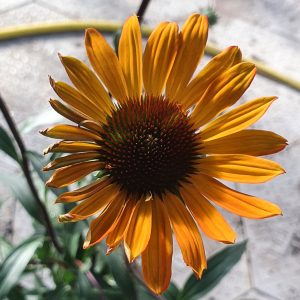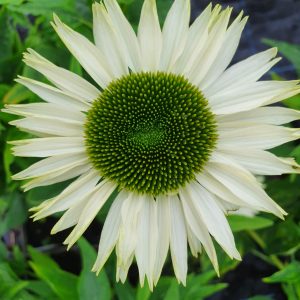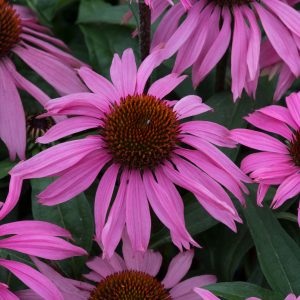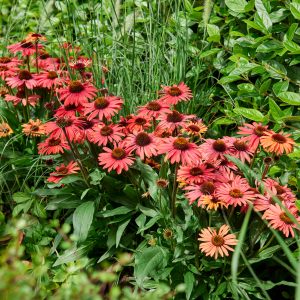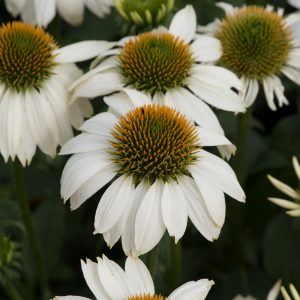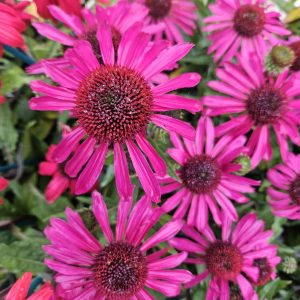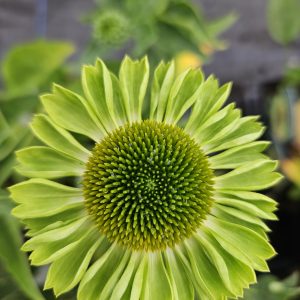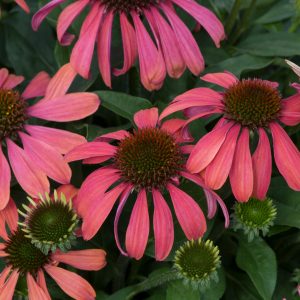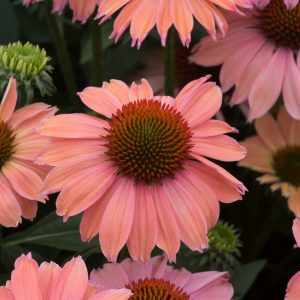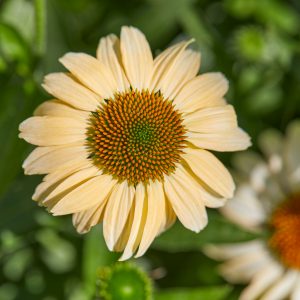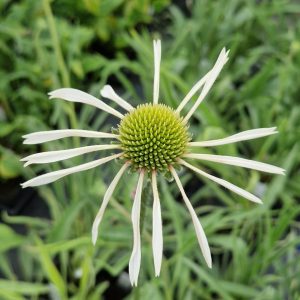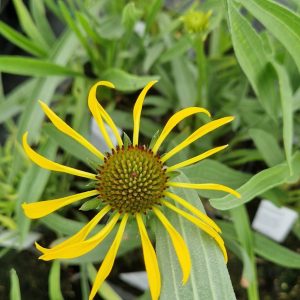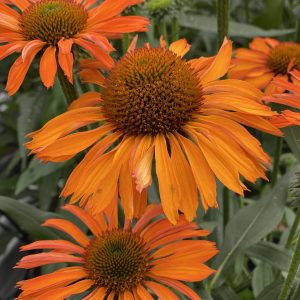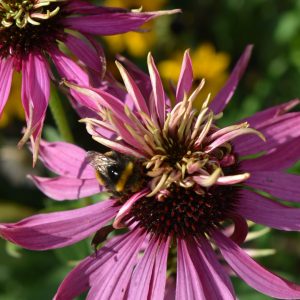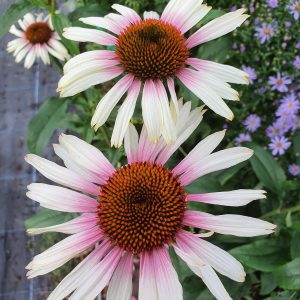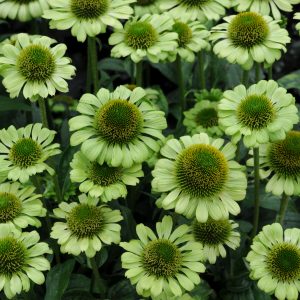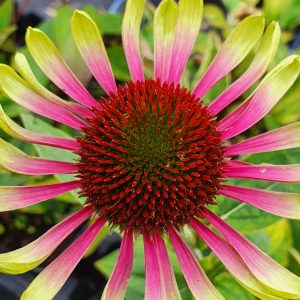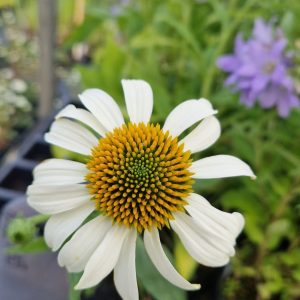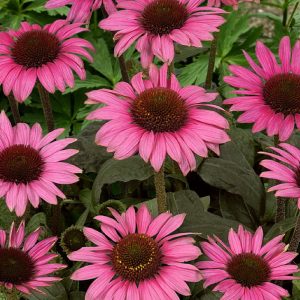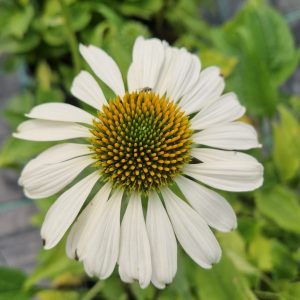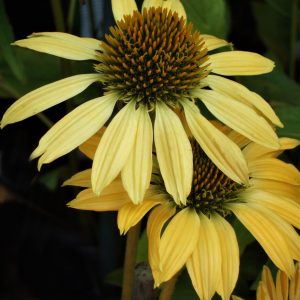Echinacea, commonly known as coneflower, is a vibrant and pollinator-friendly perennial that adds beauty to gardens. Follow this comprehensive planting guide to ensure the successful cultivation of your Echinacea plants:
Site Selection
Sunlight Requirements: Plant Echinacea in a location that receives full sunlight. These plants thrive in at least 6 hours of direct sunlight daily.
Soil Conditions: Choose well-draining soil with a slightly acidic to neutral pH (6.0-7.0). Echinacea is adaptable to various soil types but prefers fertile, loamy soil.
Planting Time
Optimal Timing: Plant Echinacea in the spring or early Autumn. This allows the plants to establish before extreme temperatures and ensures robust growth.
Planting Process
Prepare the Soil: Work the soil to a depth of 12 inches, incorporating organic matter such as compost for improved fertility.
Planting Depth: Dig a hole slightly larger than the root ball. Place the plant in the hole at the same depth it was growing in the nursery container.
Spacing: Space plants 18-24 inches apart to allow for proper air circulation and prevent overcrowding.
Watering
Establishment Period: Water the plants consistently during the first few weeks after planting to help them establish. Once established, Echinacea is drought-tolerant but benefits from occasional watering during dry spells.
Mulching
Organic Mulch Apply a 2-inch layer of organic mulch around the plants to retain moisture, suppress weeds, and regulate soil temperature. Keep mulch away from the base of the plant to prevent rot.
Fertilisation
Light Feeding: Echinacea is not heavy feeders. Apply a balanced, slow-release fertiliser in spring when new growth appears. Avoid excessive fertilisation, which can lead to leggy growth.
Support
Staking: While generally not required, staking may be beneficial for taller varieties or in windy conditions. Install stakes at planting time or as needed.
Pruning
Deadheading: Remove spent flower heads to encourage continuous blooming. In late Autumn, consider leaving some seed heads for winter interest and bird food.
Pest and Disease Management
Aphid Control: Keep an eye out for aphids, especially on new growth. Use insecticidal soap or a strong stream of water to control infestations.
Good Air Circulation: Ensure proper spacing between plants to promote good air circulation and reduce the risk of fungal diseases.
Winter Care
Leave Stems: In late Autumn, consider leaving the stems standing to provide winter interest and shelter for beneficial insects.
Division
Every Few Years: Divide overcrowded clumps every 3-4 years in early spring to rejuvenate the plants.
Monitoring and Adjustment
Visual Inspection: Regularly inspect your Echinacea for any signs of stress, pests, or diseases. Adjust watering and care practices based on your observations.
By following this planting guide, you’ll establish a beautiful display of Echinacea in your garden. Adapt care practices based on your specific growing conditions and enjoy the vibrant colours and pollinator activity that Echinacea brings to your landscape.



